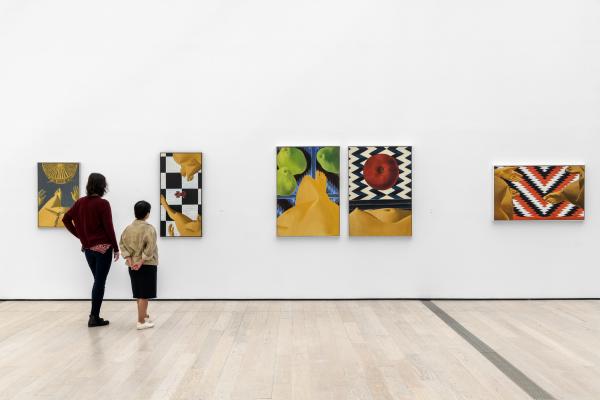More than seven weeks have passed since LACMA closed to the public on March 14. Since then, my talented colleagues have been hard at work preparing great content for LACMA @ Home and connecting with our audiences over social media (special shoutout to my coworkers in Communications and Web & Digital Media, whose jobs became infinitely more demanding overnight). I’ve been grateful for all the art resources available online—it’s been fun showing my 11-year-old son the artist documentaries on LACMA’s YouTube channel (my lazy-parent version of home school art history), and I’ve laughed out loud a few times at the recreations of famous artworks circulating on Instagram. Even in times of non-quarantine, there are people who can’t visit the museum campus, so this increased accessibility to our online content will continue to be important, especially as we head into the uncharted waters of reopening the museum post-coronavirus.
Nevertheless, when I started corresponding with the editors of Unframed about how to feature Luchita Hurtado: I Live I Die I Will Be Reborn (an exhibition currently stuck in quarantine) here on the blog, I became deeply melancholic at the idea of translating the show into words and images to be experienced on a screen. I’m biased, of course, but for me, the most moving aspects of the show—the details that “pierce” me, to borrow a phrase from Roland Barthes—are ones that can’t be experienced in a virtual tour or online viewing room.
So instead of simply describing the exhibition, I proposed to the editors of Unframed that I would write about some of the things that can’t be described with any justice—things that have to be experienced in person. Consider this my impassioned plea to come back to the museum (when it’s safe to do so) to see the show in real space and through lived, bodily experience.
Scale
If I were walking you through the exhibition, we would start with the works Hurtado made in the 1940s. There’s a magical intimacy in some of these early drawings; Hurtado has spoken about working at her kitchen table, late at night, after her young children were asleep. One of my favorites from this period, Rules for Conduct (c. 1940s), is composed of a series of postcard-scale drawings rendered in crayon and ink. When I show this work to people, I make them get up close—the kind of close that makes museum guards nervous—to see how Hurtado rendered the vibrant blocks of color with waxy crayon strokes, and then followed with a dark ink wash. If you’re looking at it on a screen, you don’t experience how small but intense the piece is in relation to your body; how it demands physical proximity.

Simultaneity
Scale—and its relationship to progression and development—comes into play elsewhere in the exhibition, such as the section devoted to Hurtado’s self portraits painted from the perspective of the artist looking down at her own body. Early examples from this series are modest in size and subject; in some of them Hurtado is clothed, and the palette is mostly subdued. Over time, though, they become bigger, bolder. The artist’s body becomes both more abstract and more defiantly present. Whereas the smaller works are almost unbearably poignant in their nod to everyday domestic life (we see a cup, a ball of string, a potted plant), the later works are eye-catchingly confident with a hint of the surreal—doublings of bodies, or huge pieces of fruit hovering over energetic patterns. If you’re in the gallery, you can walk along a wall of these works and perceive, at a physical and visceral level, Hurtado’s growing confidence. You can also stand in one place and see the works all at once, from a single vantage point. This all-at-onceness of gallery viewing—being able to see a specific arrangement of works in a single view—gives you an overarching understanding of her work that can’t be replicated on a screen.
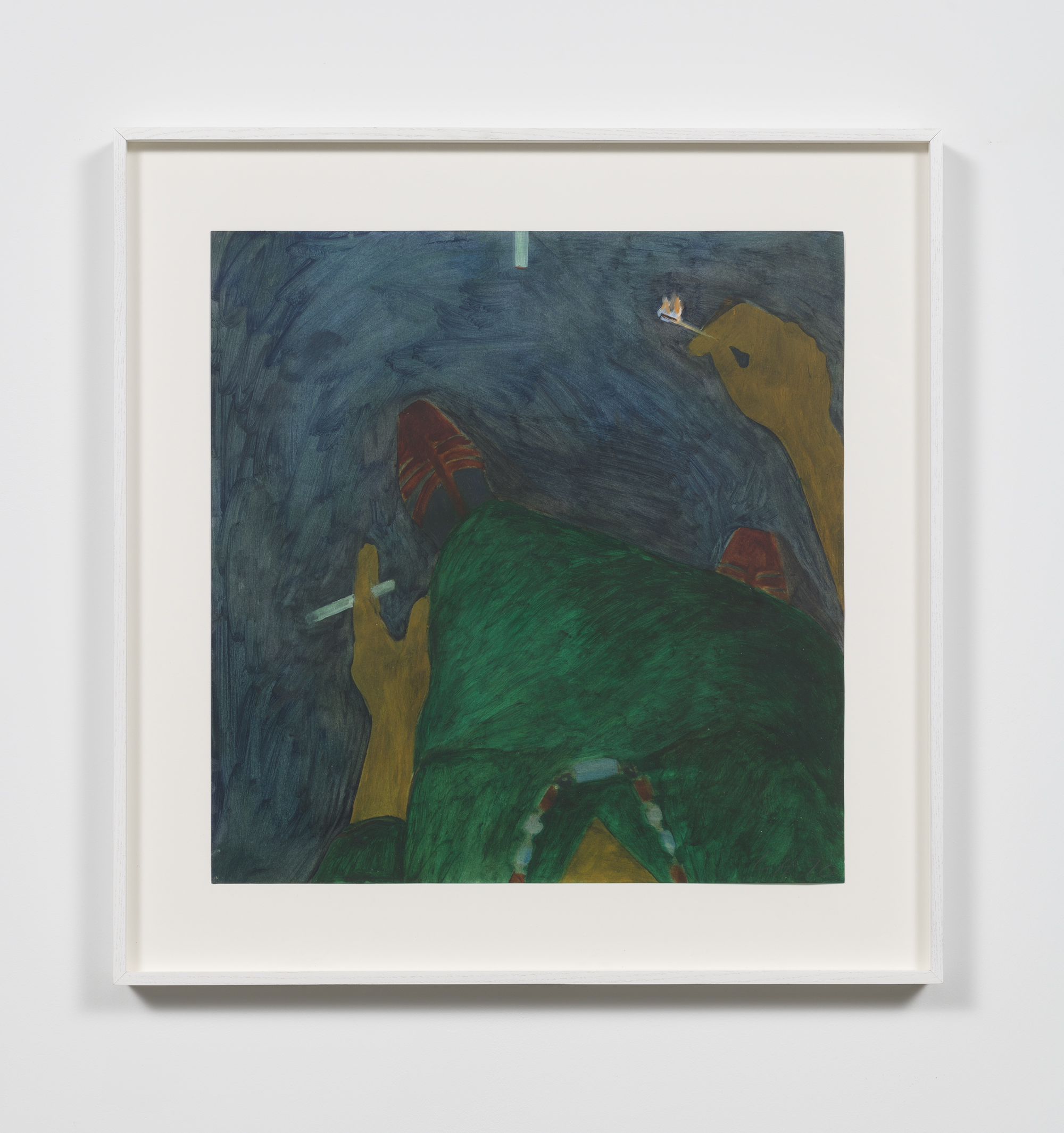
There’s also something meaningful about seeing so many different bodies of work, made over the course of eight decades, brought together in a single space. When Hurtado previewed the exhibition a few days before the opening, even she and her family were amazed to see the fruits of her lifelong art practice collected in one place. Despite being an integral part of the Los Angeles art community for decades, and part of a family of artists that included her late husband Lee Mullican and her son Matt Mullican, Hurtado kept her own art practice out of public view for years. LACMA’s exhibition of 121 works is the largest presentation of Hurtado’s work to date. The ability to see all these pieces together is a powerful experience.
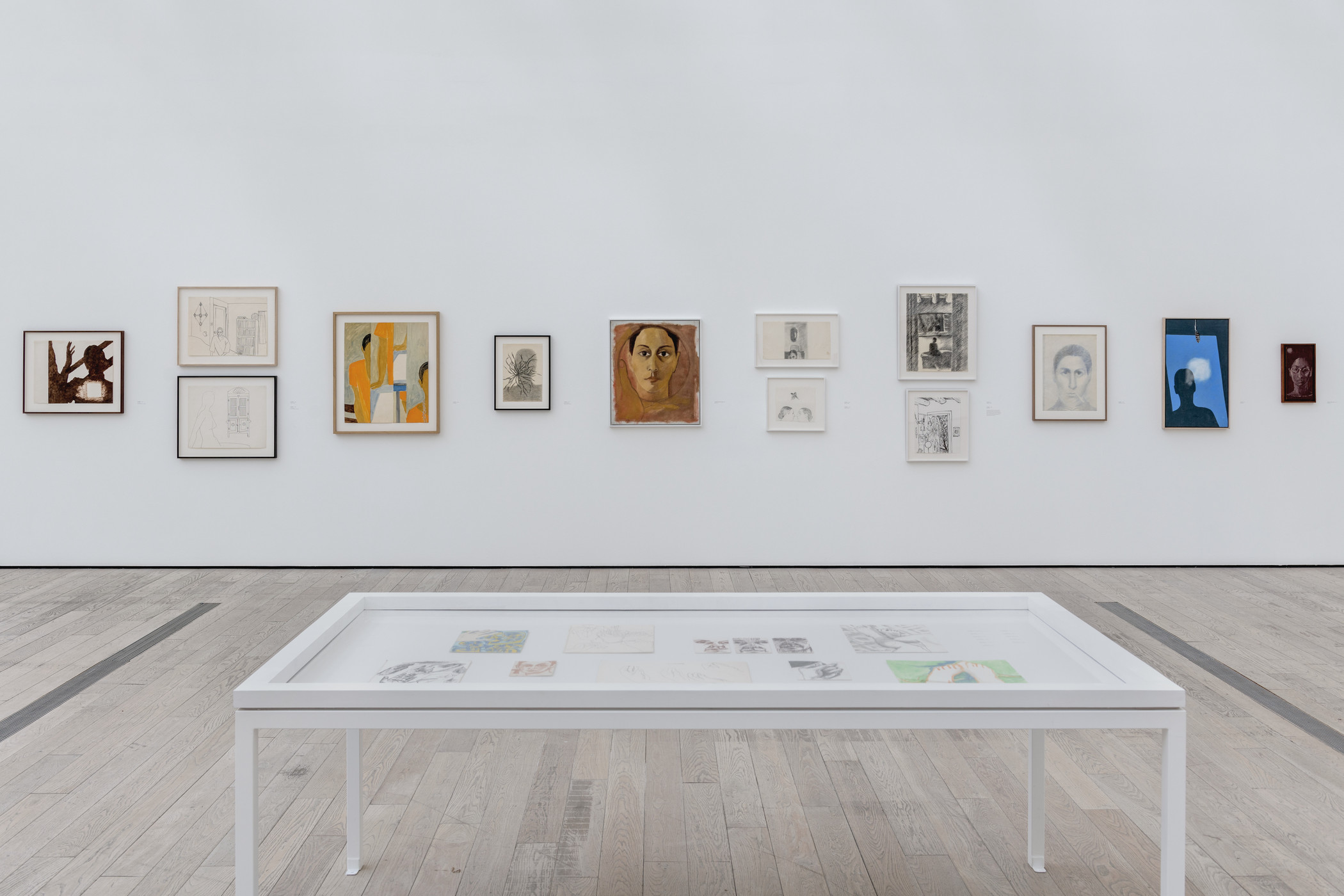
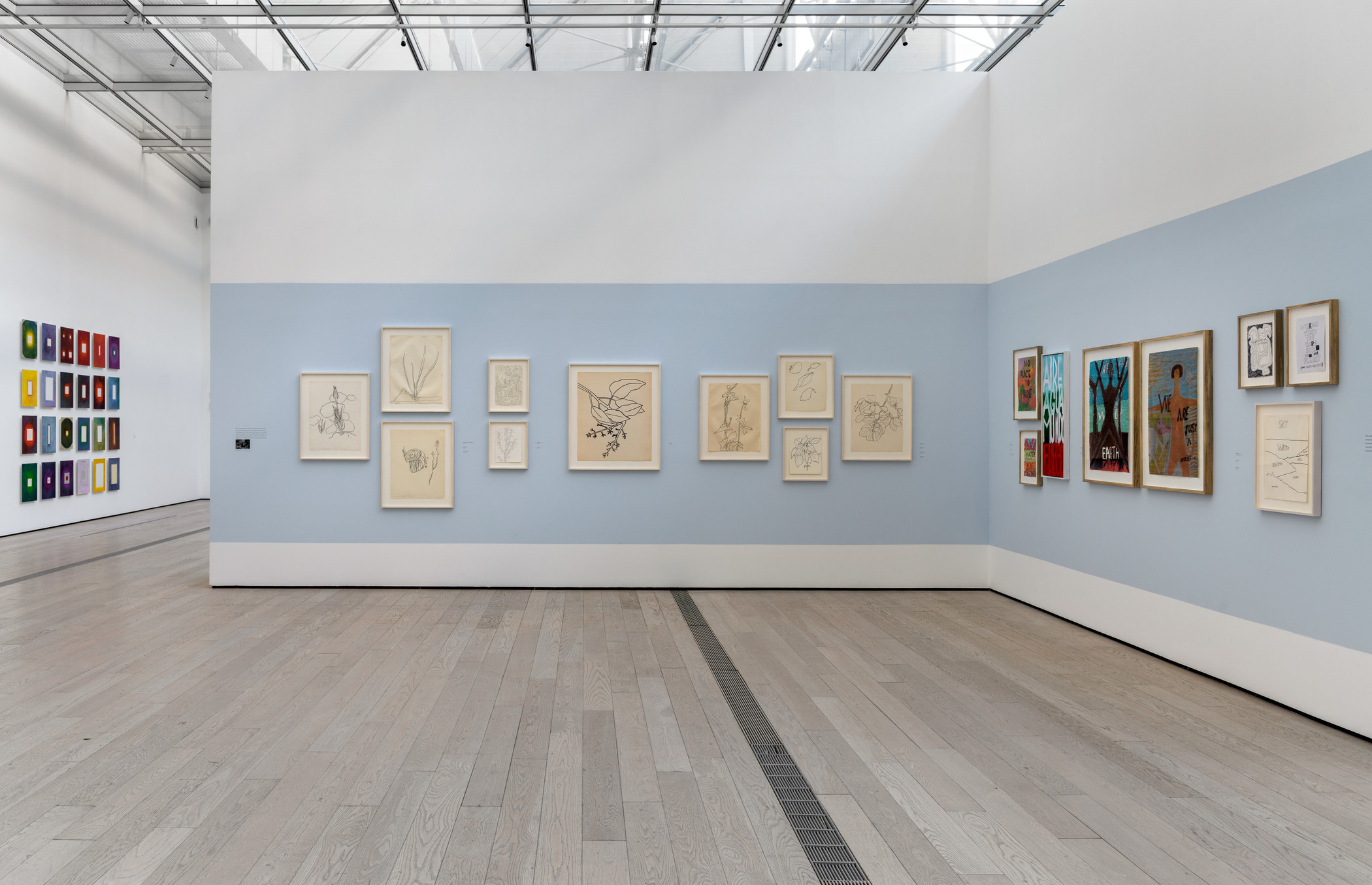
Presentness
In my six years of working at LACMA, I’ve never experienced a more magical evening than the opening reception for this exhibition. Luchita has lived in Los Angeles since 1951, and LACMA is her hometown museum. The electric energy of the exhibition gallery filled to capacity with members of the L.A. art community—an incredible gathering of Hurtado’s friends and family—can’t be described. When Luchita entered, she was greeted with a spontaneous and thundering round of applause. I know it won’t be anytime soon that museum visitors will be able to gather like this again, but I’m grateful we were able to experience such a joy-filled celebration. We refer all the time to our LACMA “family” whose support takes so many forms—including being present for one another at important moments. Art is meant to be shared with the people we love, and for me, doing that over a screen will never be enough.

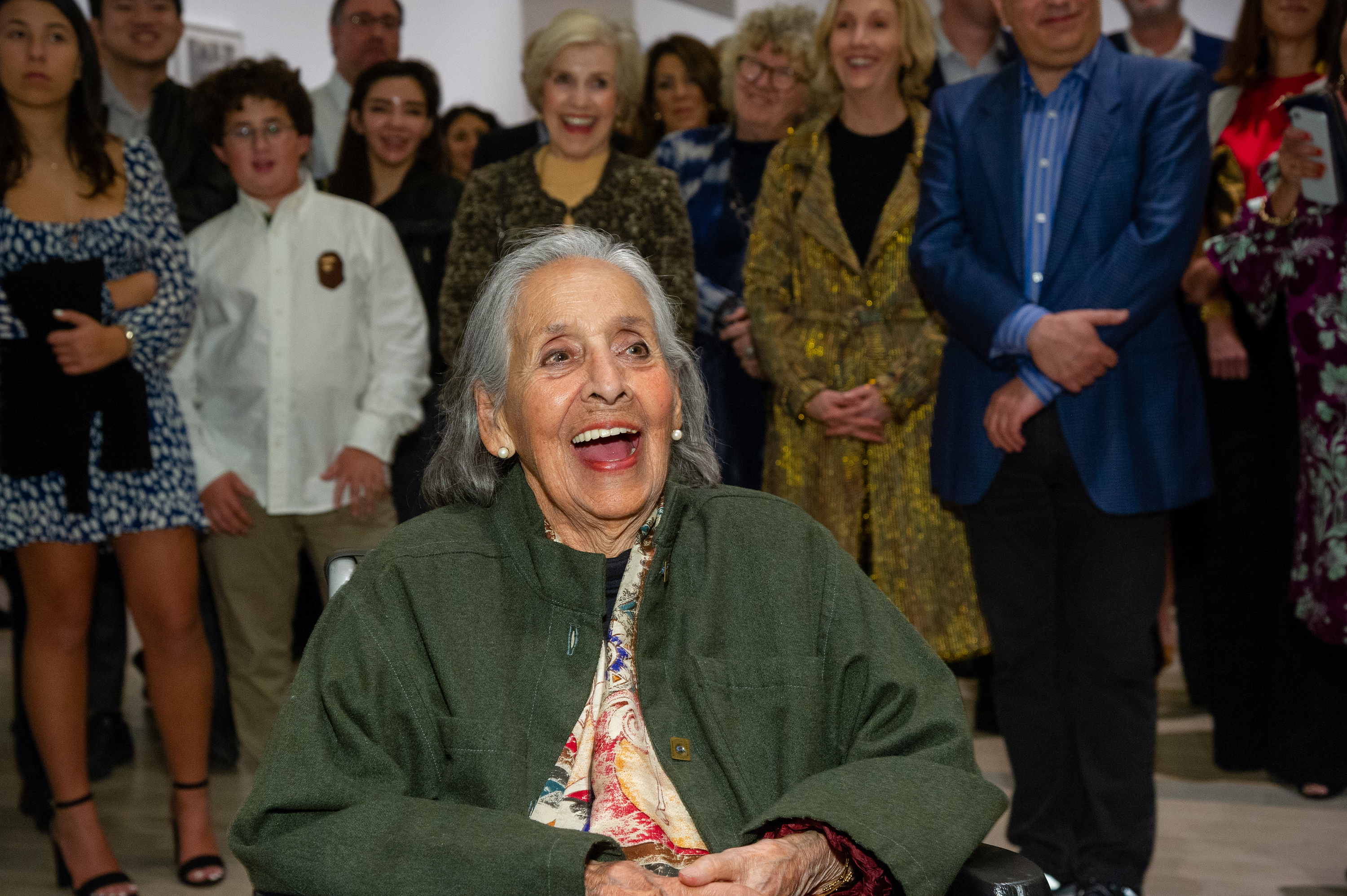
Please note: LACMA is temporarily closed to the public. We are actively reviewing the possibility of extending exhibitions that are affected by the museum's temporary closure. We will announce any news about exhibitions by email, on our website, and through social media (@lacma).



